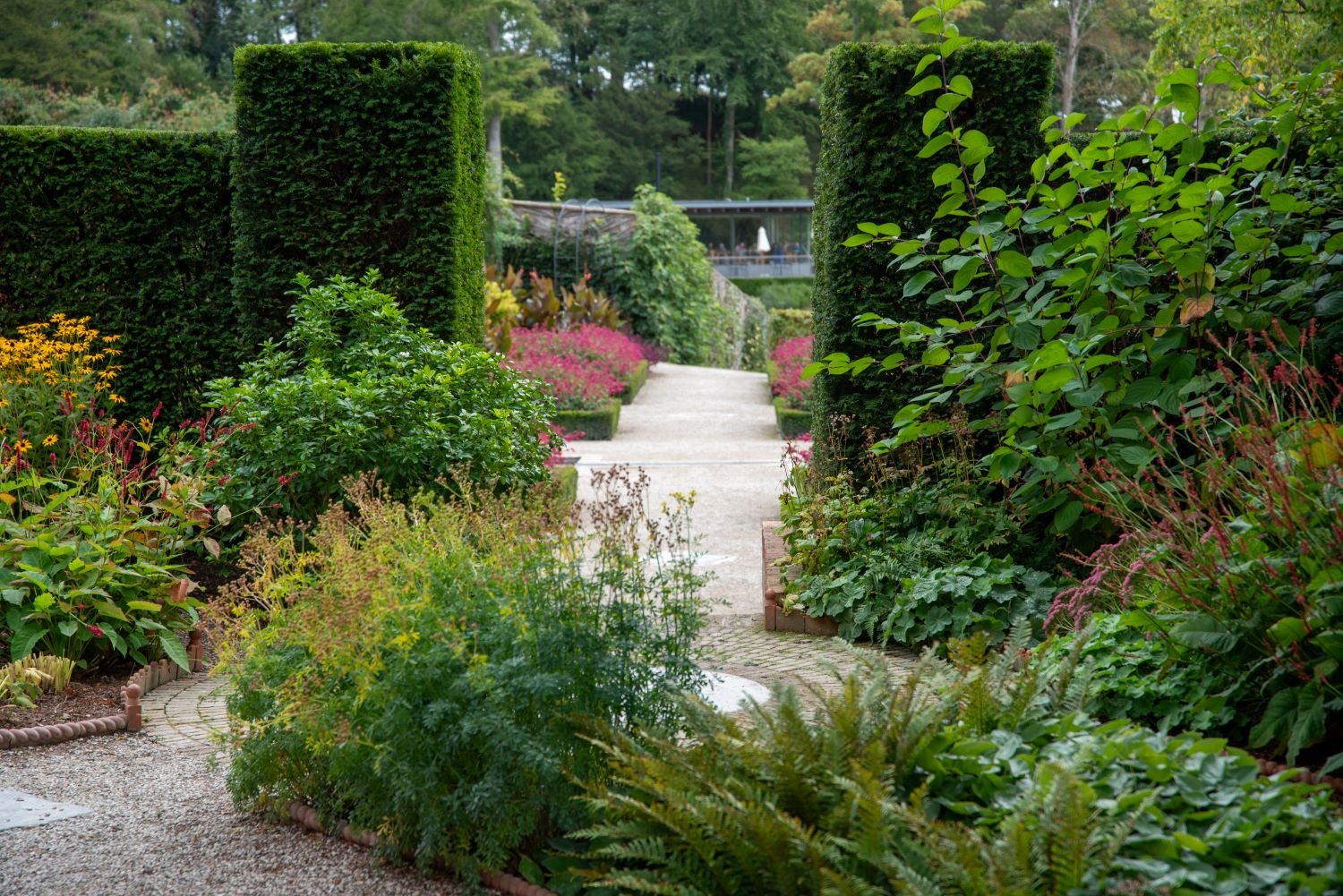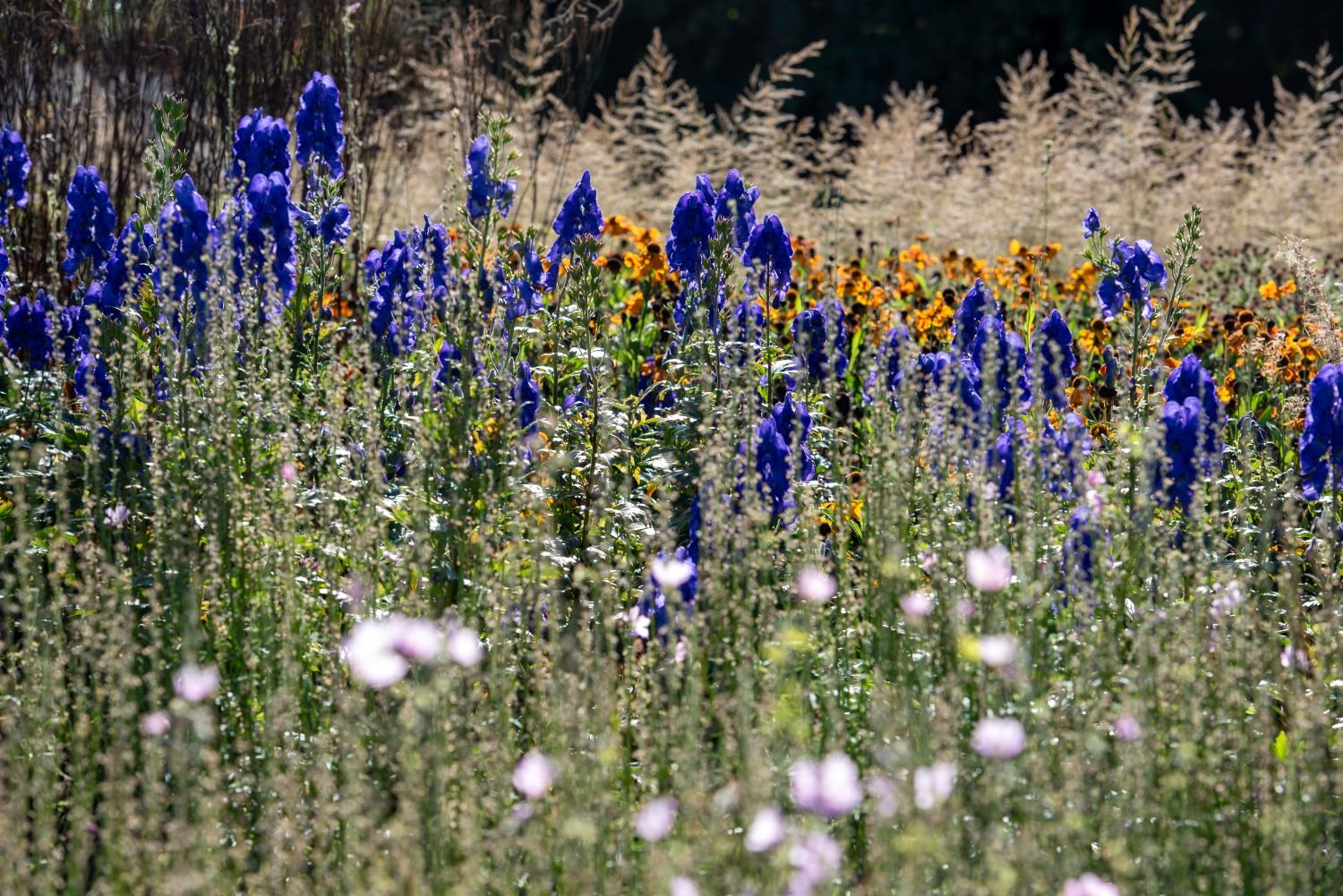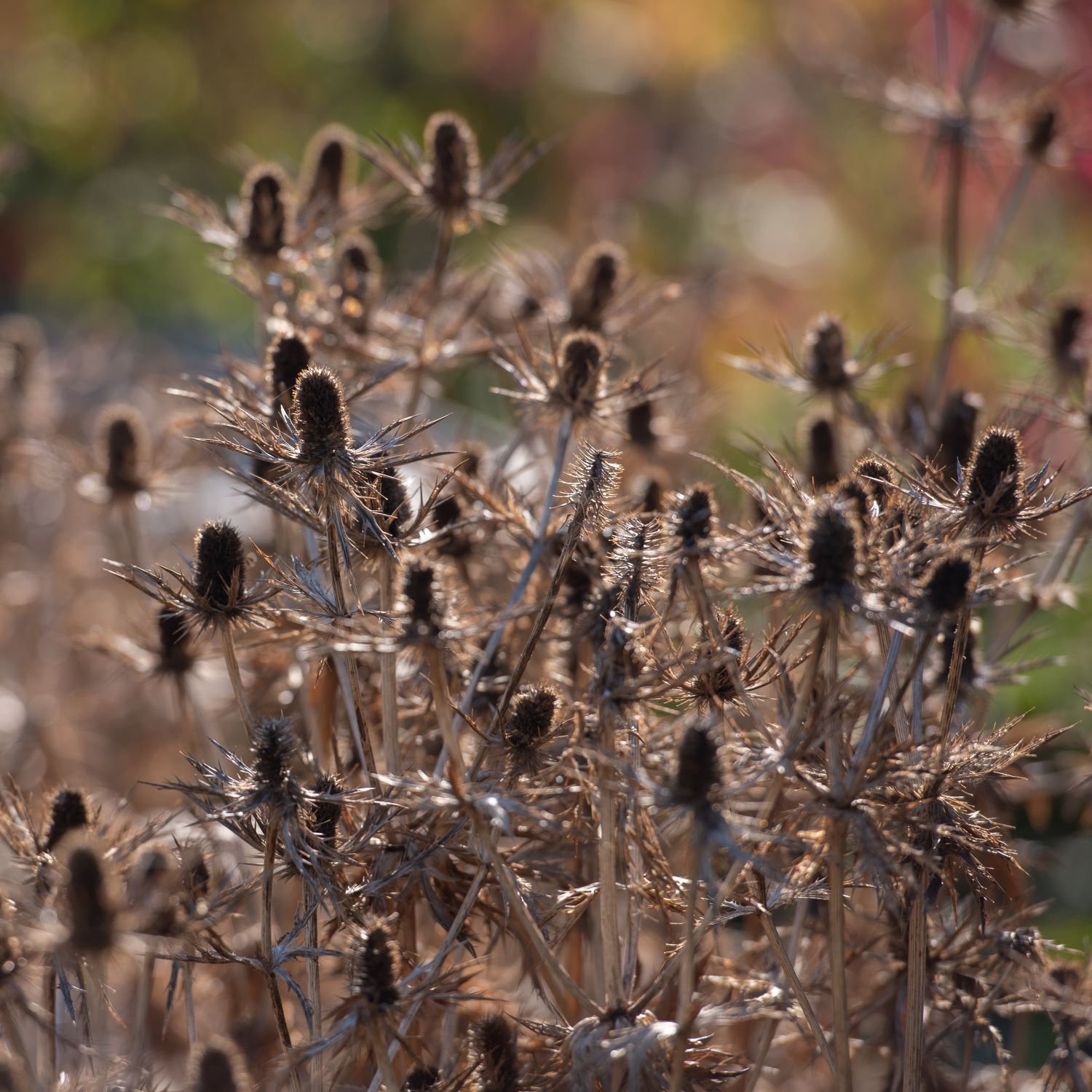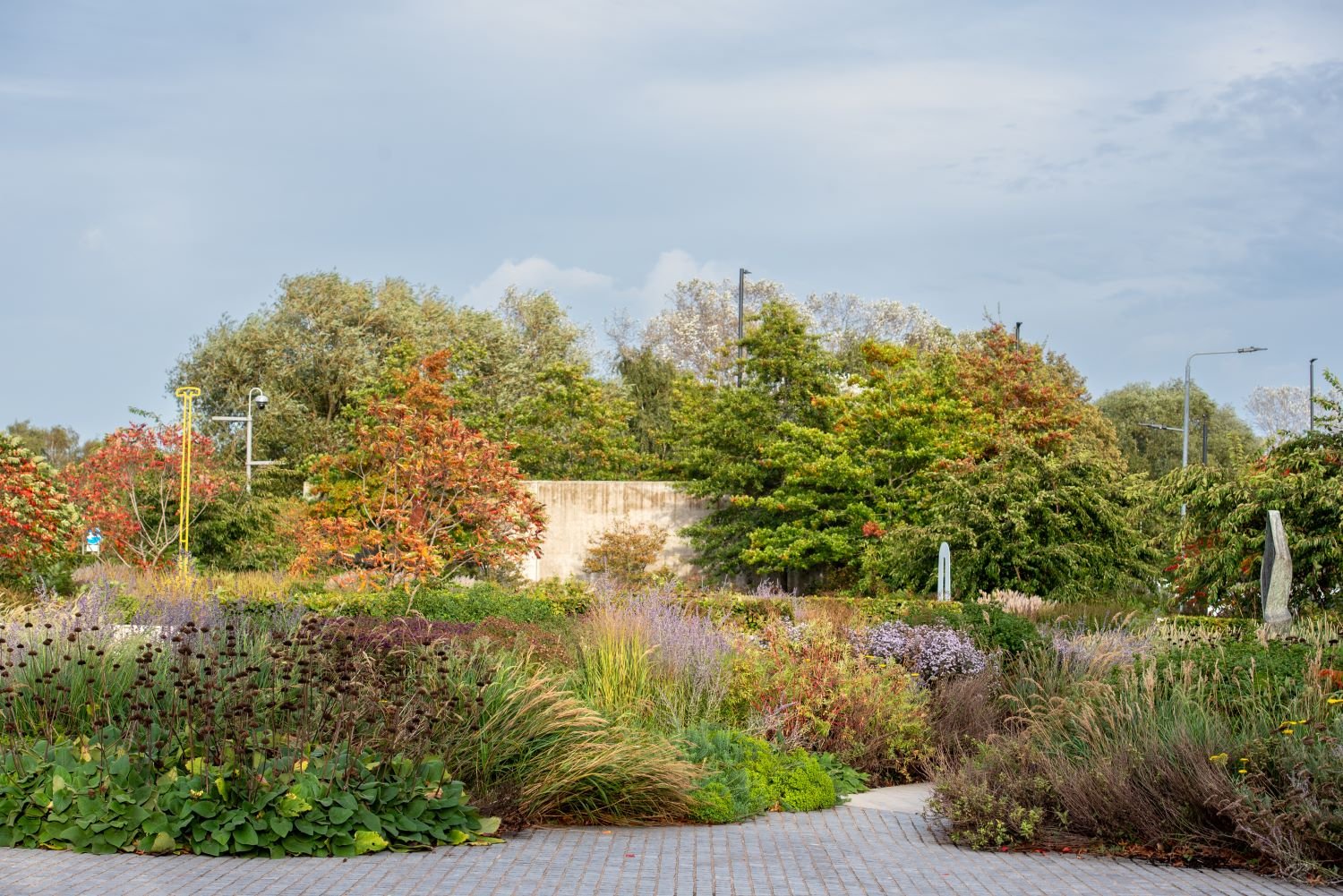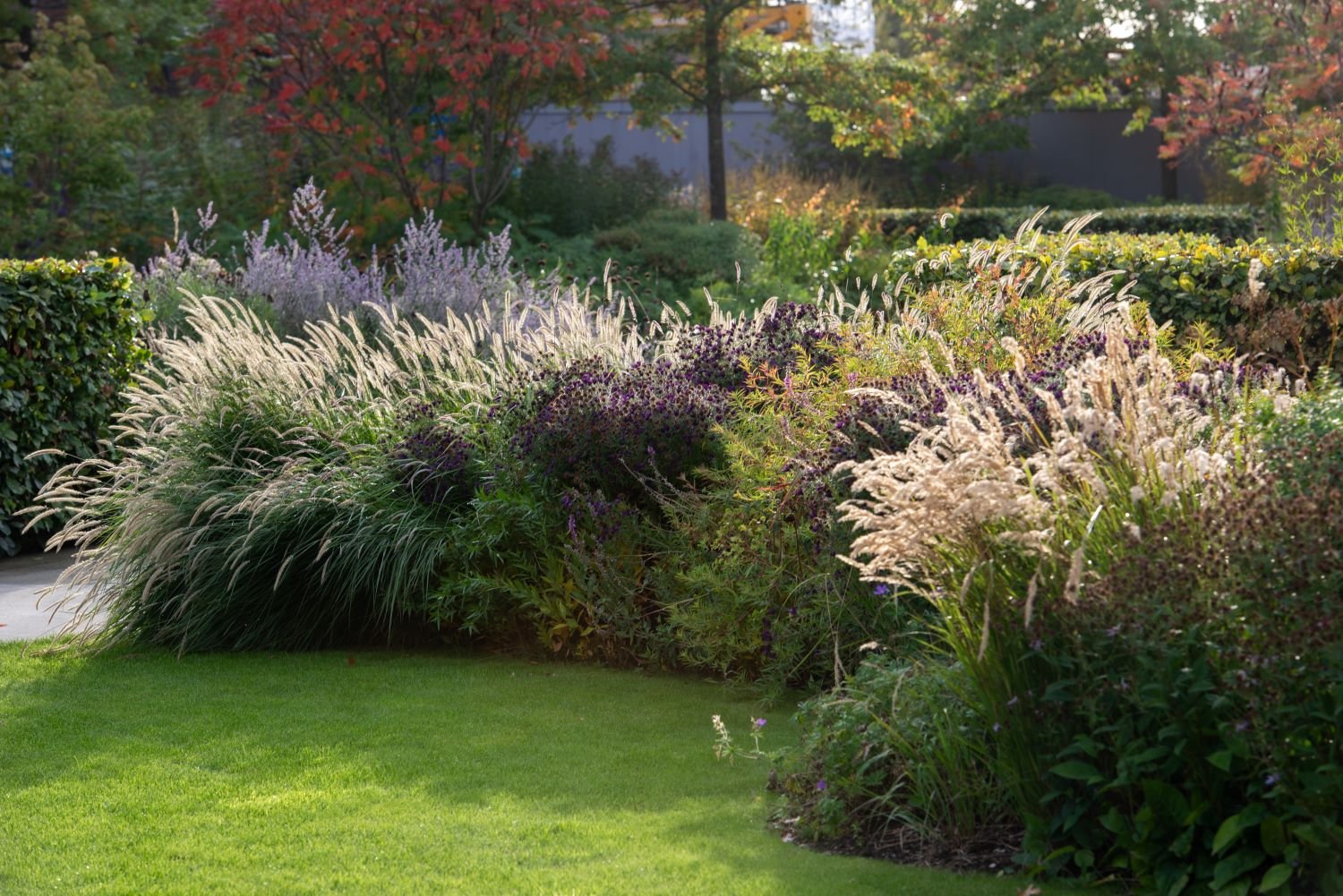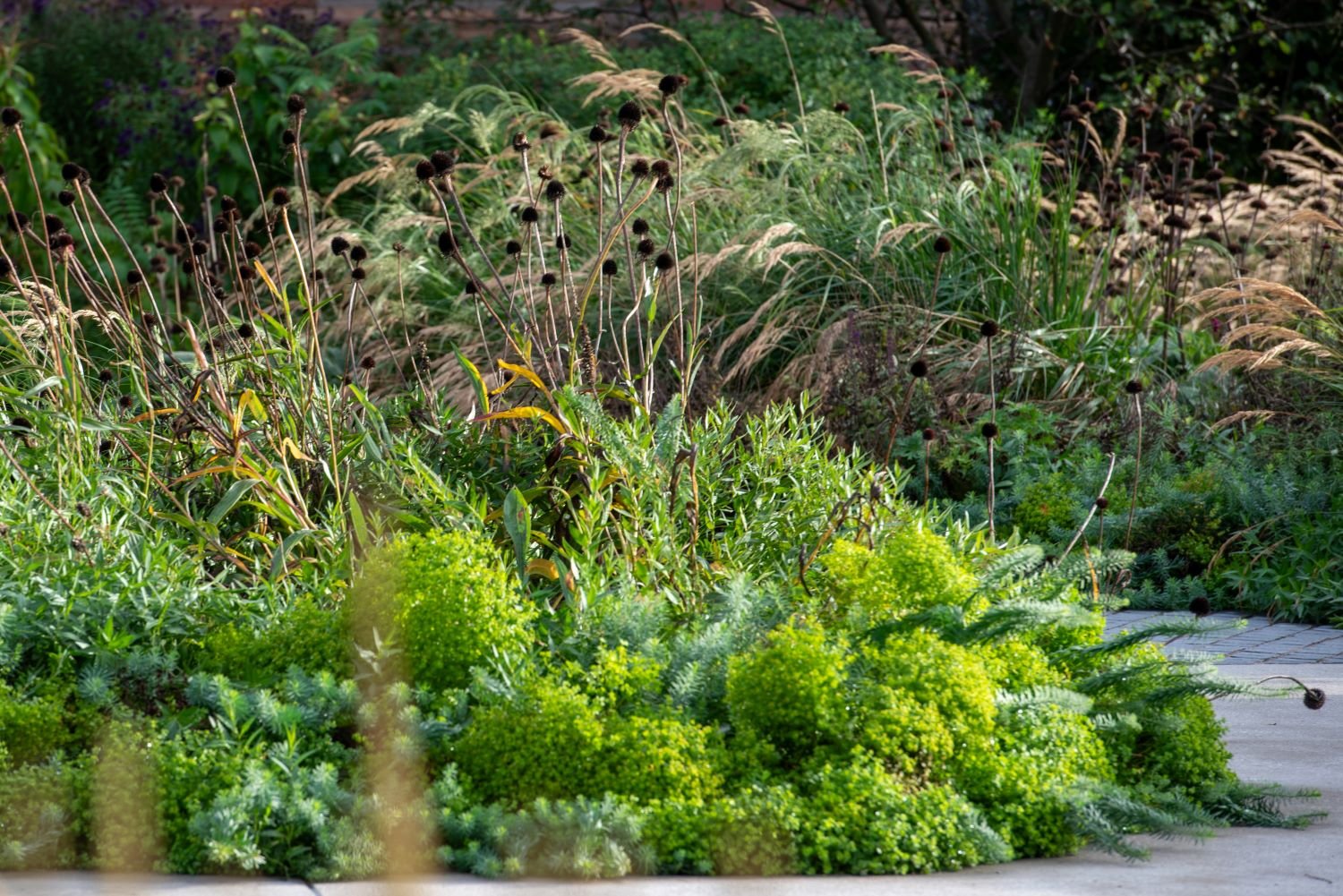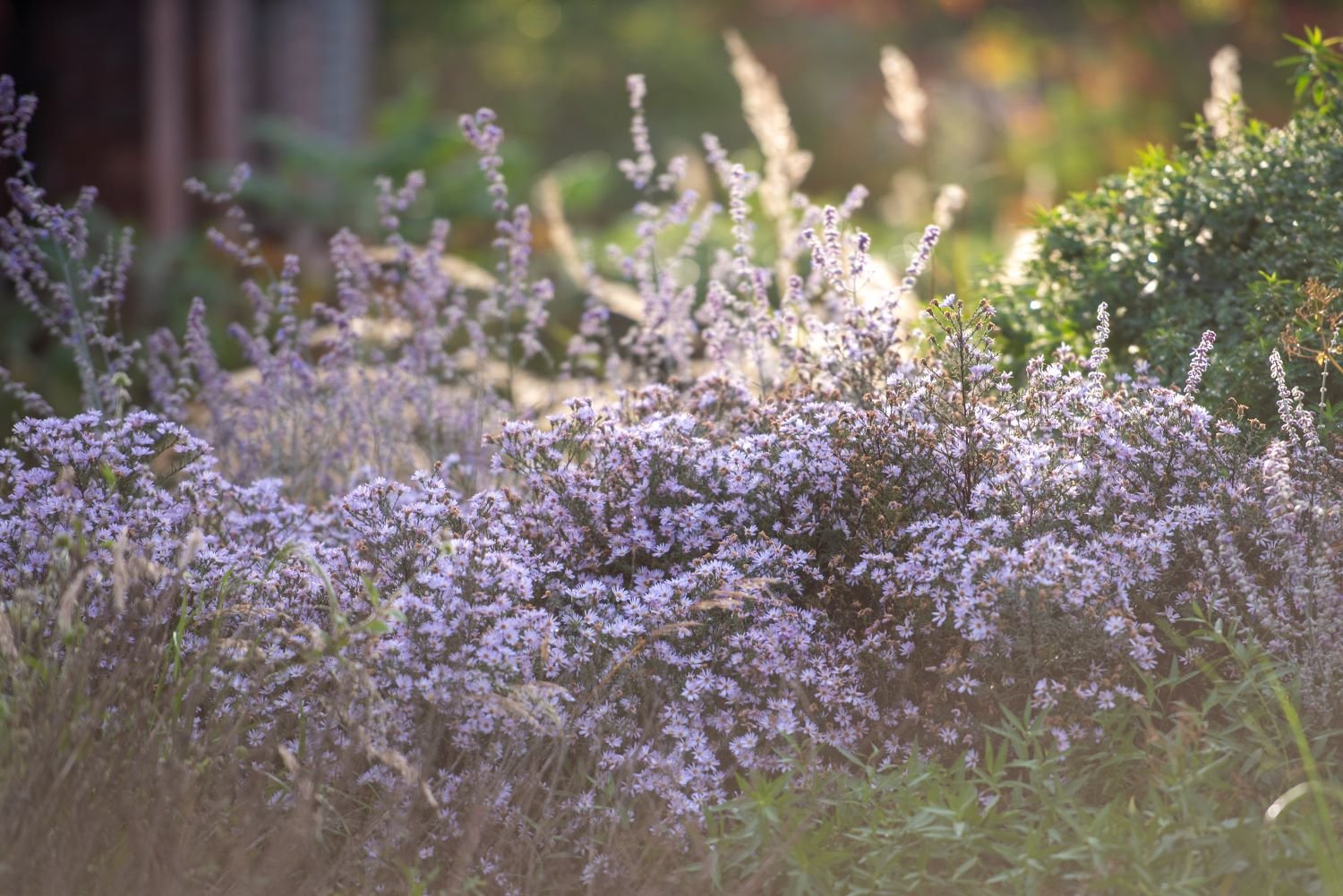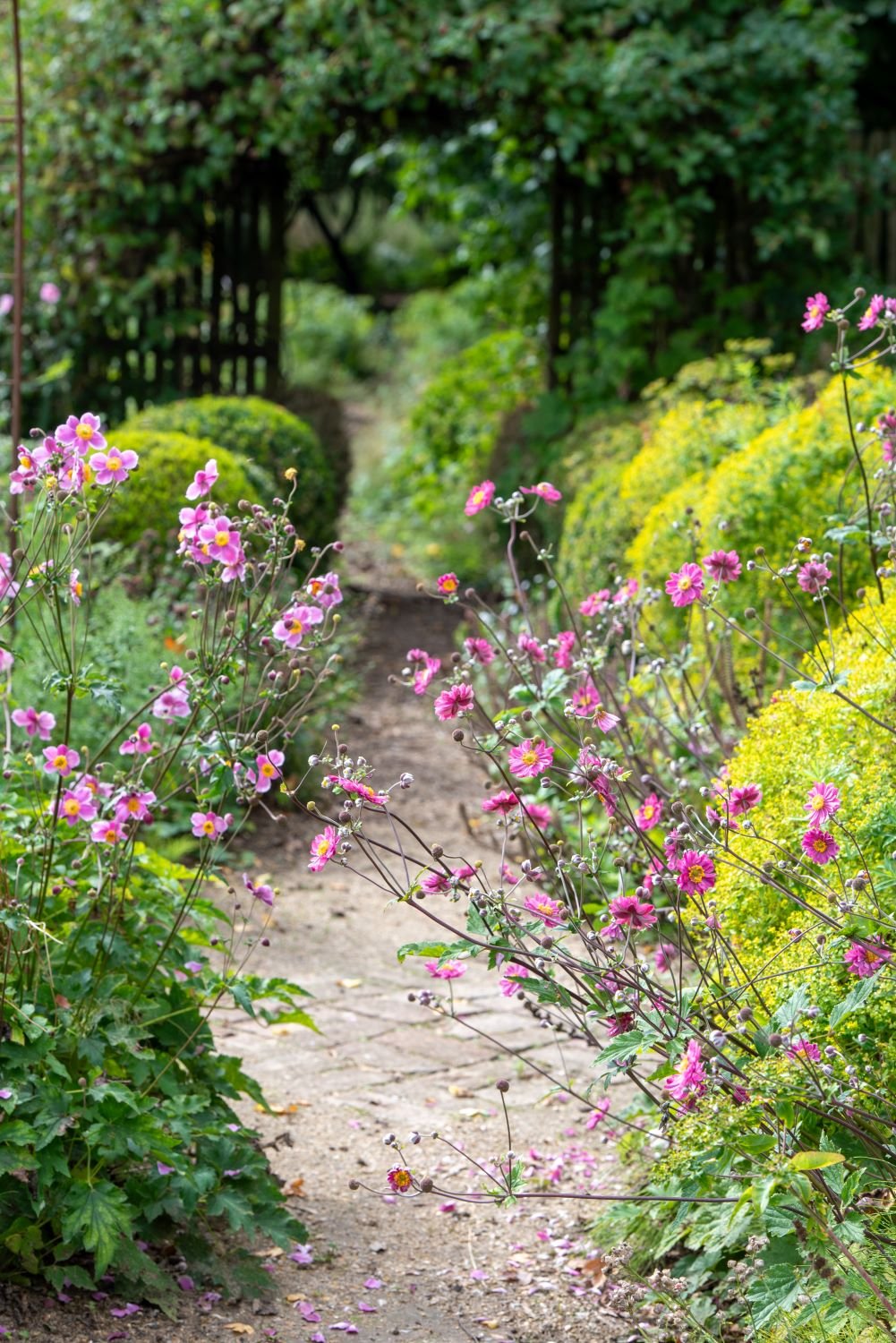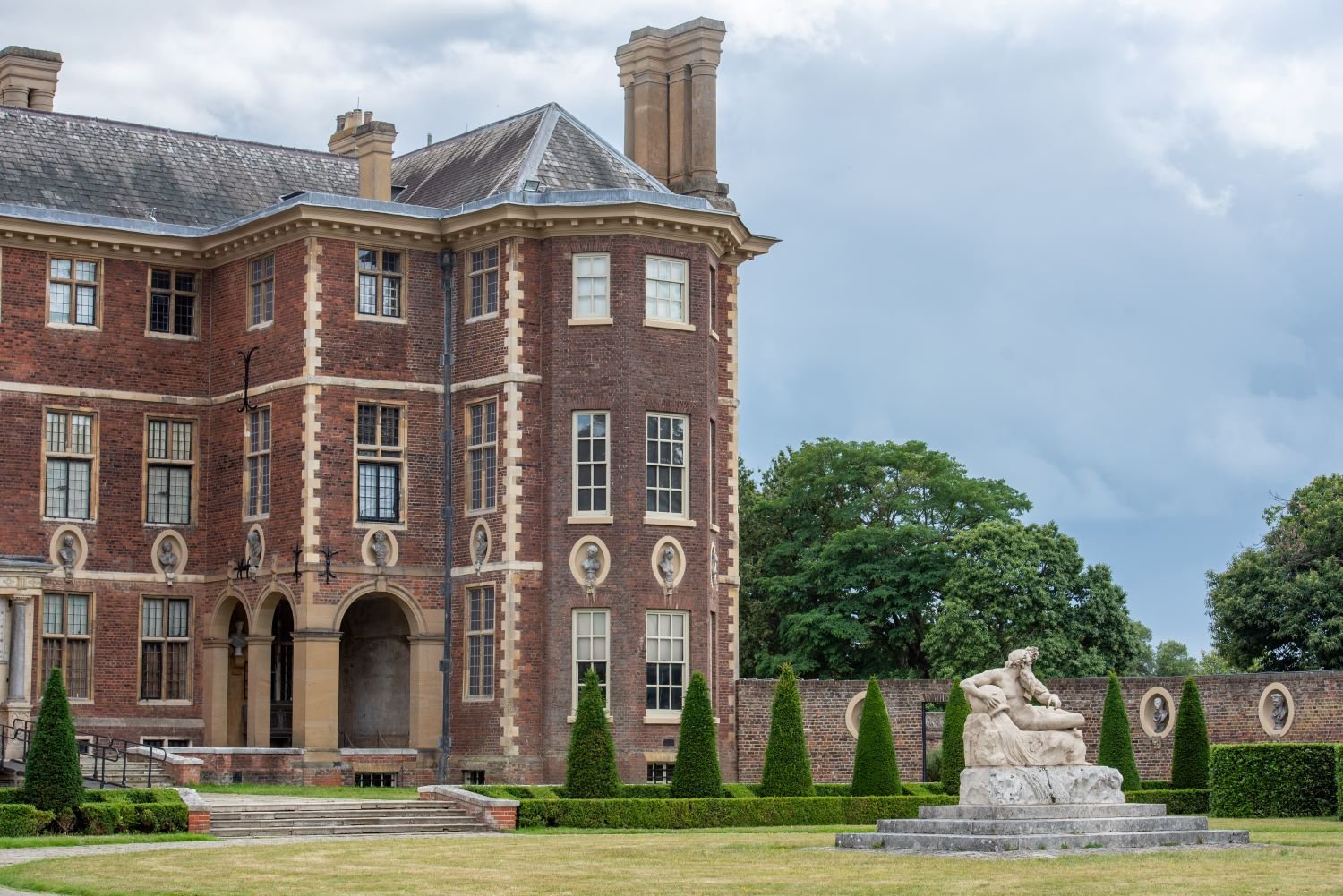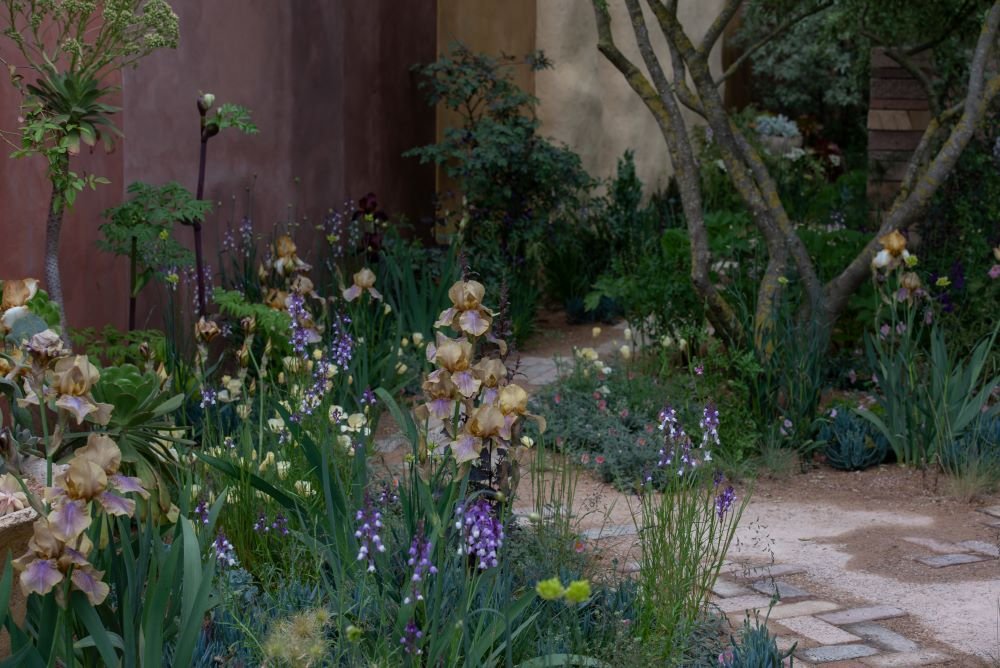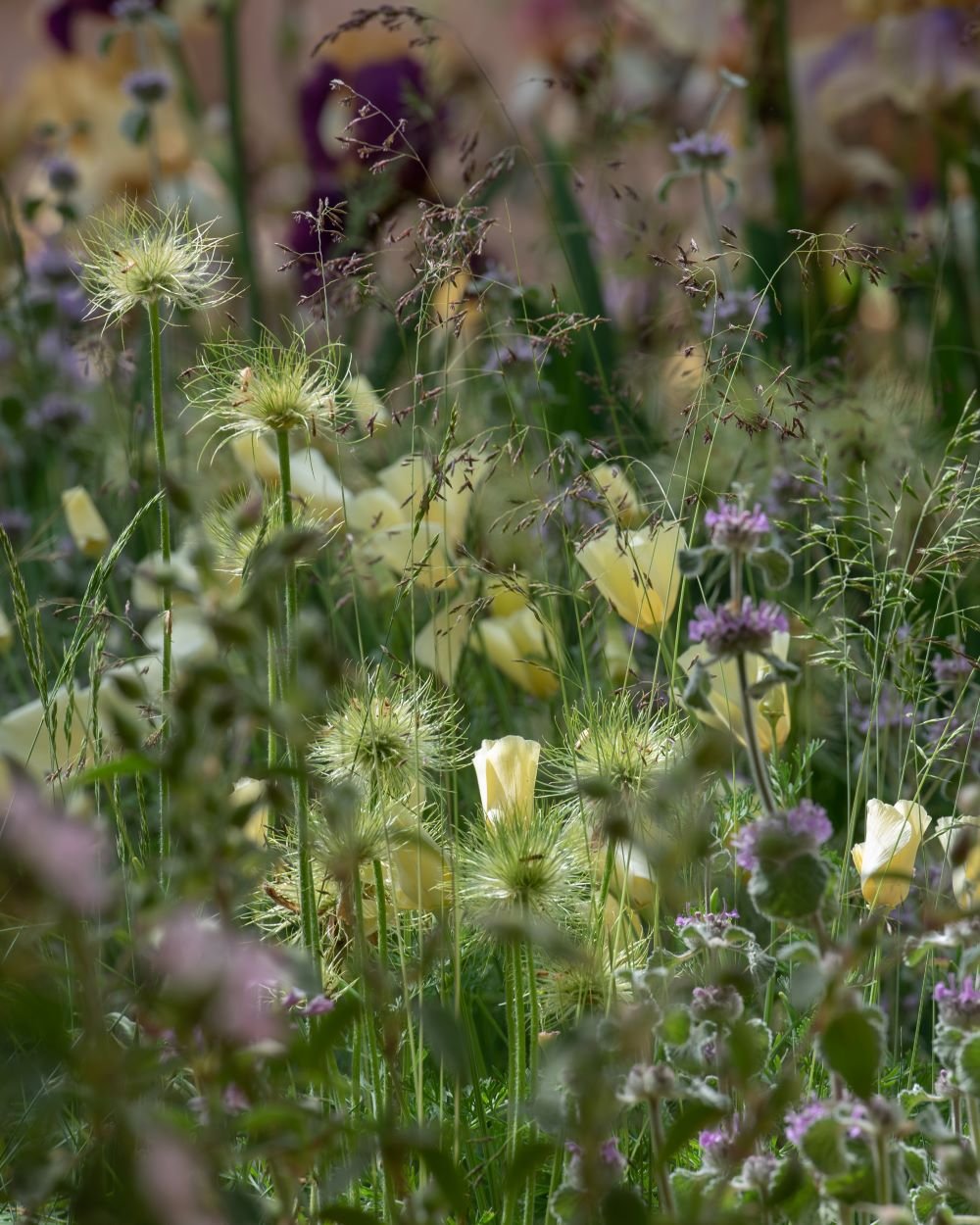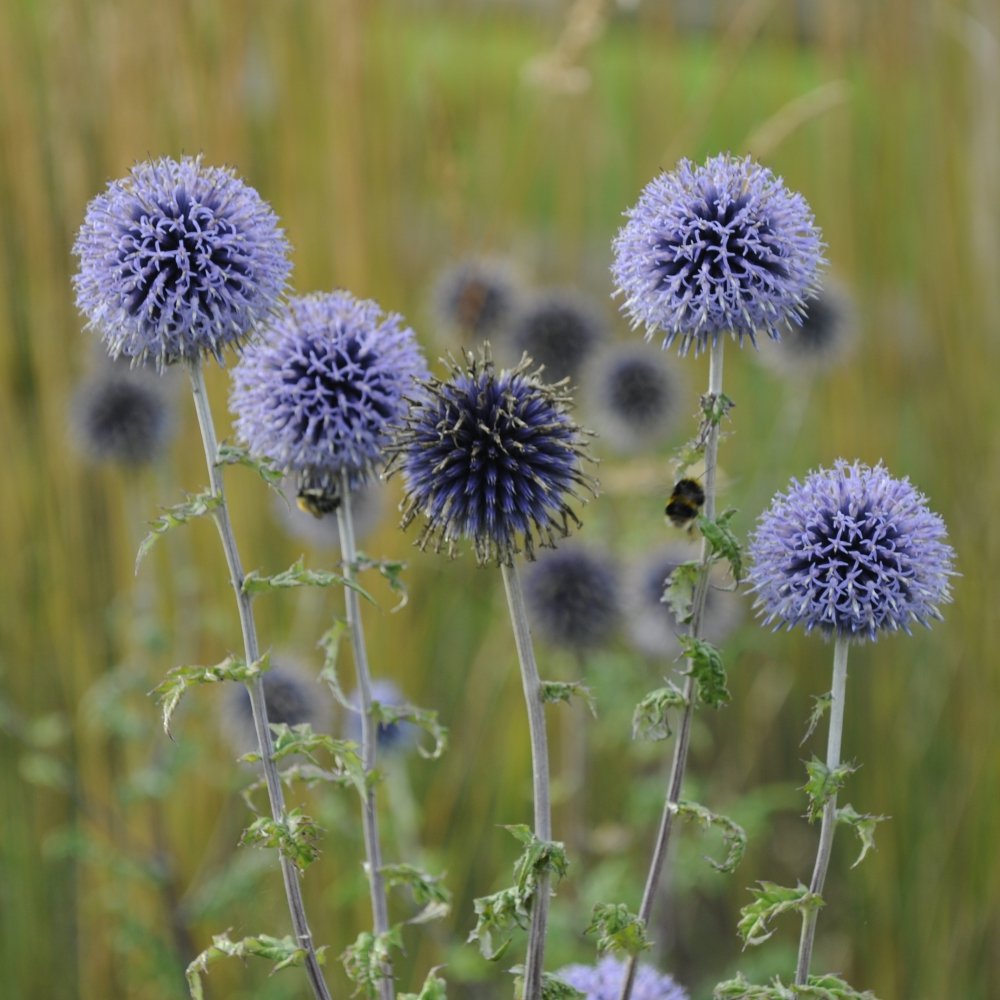It’s very easy to visit Richmond Park regularly and completely miss the Isabella Plantation. The deer are kept out of this part of the park, allowing for a wide variety of trees and a more garden-like feel.
Principally a woodland garden, it is in spring that the many flowering shrubs and trees come to the fore. There are witch-hazels, camellias and magnolias in early spring. In April and May it is the turn of azaleas and rhododendrons. Get ready for a technicolour tour.
The garden is home to the National Plant Collection of Wilson 50 Kurume Azaleas, introduced to the west from Japan in the 1920's by the plant collector Ernest Wilson. If you want to identify them all this website has the definitive list.
The Isabella Plantation sits in a natural dip and running and still water throughout is a major feature.
Most of the water features are man-made, water is pumped from Pen Ponds and the streams were dug out in the 20th century. The lower part of the Plantation is naturally boggy and the garden plants here reflect that with asiatic primulas, gunnera and this rather fantastic Darmera peltata.
Isabella Plantation has been subject to some significant investment in recent years. Ponds have been cleared of silt, the remaining invasive Rhododendron ponticum has been cleared out, along with rampant skunk cabbage. And the paths and loos have been upgraded. If you’ve got a blue badge you can park very close by and all the paths are acessible with a wheelchair. Dogs on leads are allowed.
Most people know that I’m not a big fan of rhododendrons, particularly in smaller gardens. Where they’ve got space to do their thing though they look majestic. I like seeing them in dark groves where they can look moody and mysterious, particularly on a gloomy day.
And just occasionally you come across some very delicate flowers, completely different. Unfortunately I cannot find the name of this one.









































